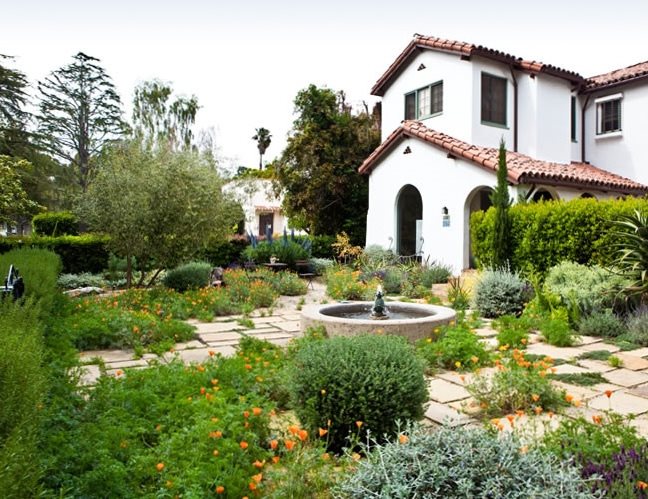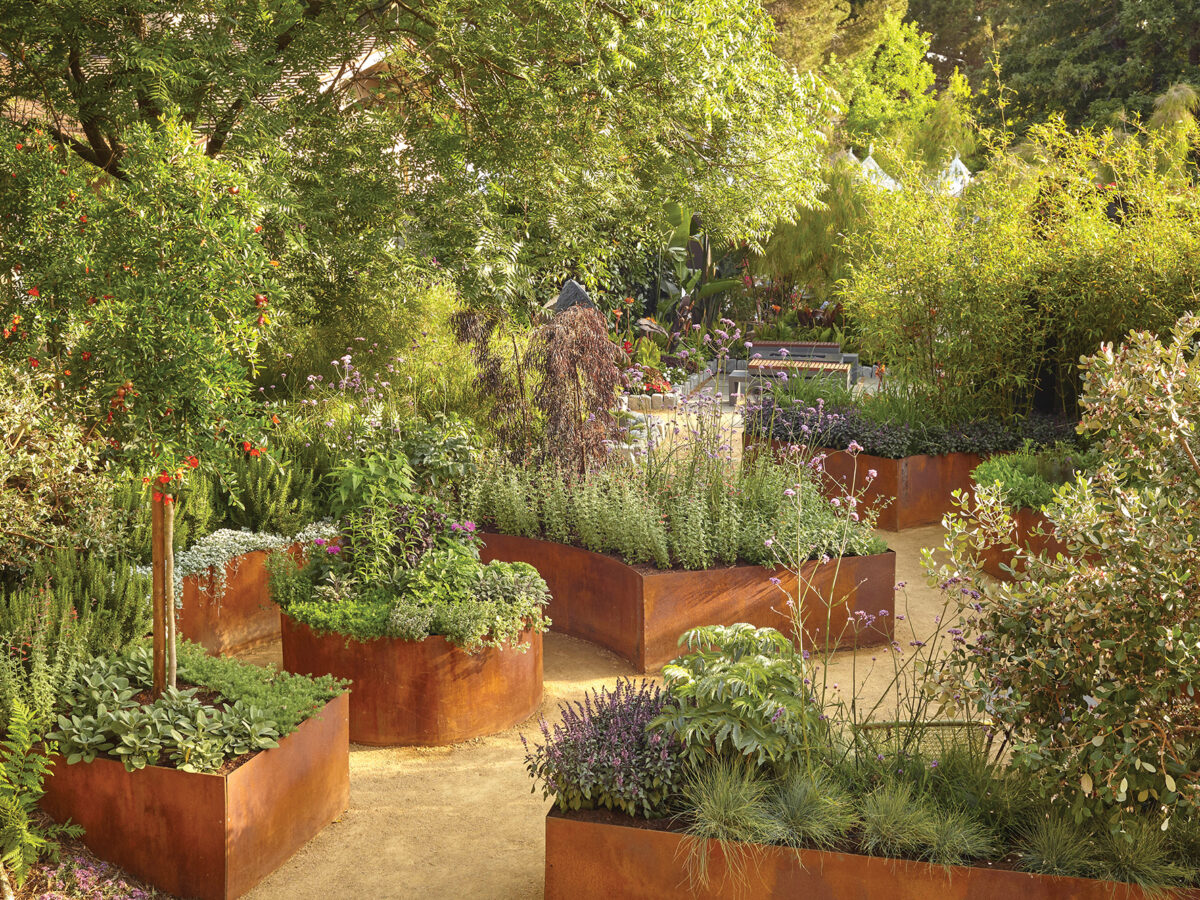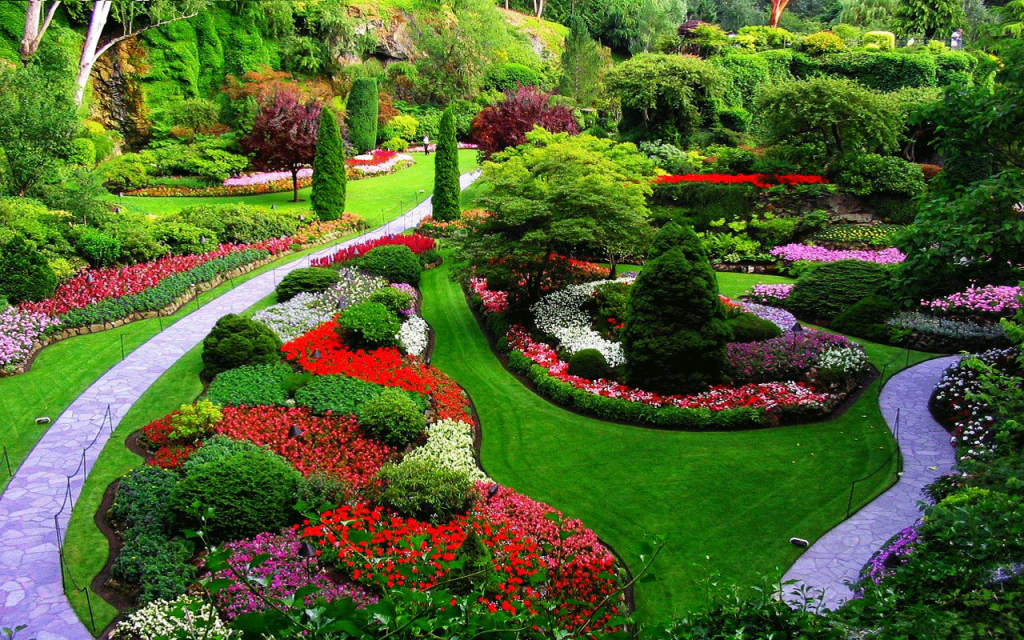The Greatest Guide To Hilton Head Landscapes
The Greatest Guide To Hilton Head Landscapes
Blog Article
See This Report about Hilton Head Landscapes
Table of ContentsThe 5-Second Trick For Hilton Head LandscapesOur Hilton Head Landscapes IdeasHilton Head Landscapes - The FactsThe smart Trick of Hilton Head Landscapes That Nobody is Talking AboutThe Hilton Head Landscapes IdeasThe Definitive Guide for Hilton Head LandscapesThe Ultimate Guide To Hilton Head LandscapesNot known Facts About Hilton Head Landscapes
Form compatibility is likewise a significant element of unity in designone or 2 noticeably various forms are good for comparison and focus, however typically all various other types must have some resemblances for a combined appearance. Structure refers to just how coarse or great the surface area of the plant or hardscape material feels and/or looks.
Examples of plants with crude texture include philodendrons, agaves, bromeliads, hollies, hands, and hydrangeas. Characteristics that produce great structure include little vegetation; thin, strappy leaves (lawns) or high, thin stems; tiny, thick branches and small branches; long stems (vines); and tiny, fragile blossoms.
Little Known Facts About Hilton Head Landscapes.
A lot of plants are average texture, in that they can not be referred to as having either rugged or fine texture. They are identified by medium-sized leaves with easy forms and smooth sides. The average-sized branches are not densely spaced nor commonly spaced, and the overall kind is generally rounded or mounding. Medium-textured plants function as a history to web link and unify the coarse- and fine-textured plants.

To make a space feel smaller sized, place the crude textures along the external border and the great textures closest to the visitor. The information of the coarse structure makes the plants appear closer and makes the area feel smaller sized. The perceived structure of plants can likewise change with the distance from the plant.
9 Easy Facts About Hilton Head Landscapes Shown
Strong colors increase the contrast and make the structure show up coarser, while muted colors can flatten structure. Hardscape with a coarse texturesuch as really harsh rocks and bold, large timberstends to make all plant product show up extra medium distinctive. Designers frequently create a texture research (Number 8) theoretically to aid determine the arrangement of plant products.
Figure 8. Texture research study. Shade in plant material and hardscape adds interest and variety to the landscape. Color is the most noticeable element in the landscape and is normally the emphasis of the majority of property owners; nonetheless, it is also one of the most momentary component, normally lasting just a couple of weeks a year for specific plants.
Some Ideas on Hilton Head Landscapes You Need To Know
A simple description of the shade wheel includes the three primaries of red, blue, and yellow; the three second shades (a mix of two primaries) of eco-friendly, orange, and violet; and six tertiary colors (a mix of one adjacent key and secondary color), such as red-orange. Shade theory discusses the connection of colors to each other and exactly how they need to be used in a make-up.

Comparable (sometimes called unified) color plans are any type of 3 to 5 shades that are nearby on the color wheel, such as red, red-orange, orange, yellow-orange, and yellow, or blue, blue-violet, and violet (hilton head landscapers). The shades relate per other because they typically include two primaries mixed to develop a secondary and 2 tertiary shades, which means they share common residential properties
They have a tendency to have high contrast in between them. One of the most common sets are violet and yellow, red and green, and blue and orange. Complementary colors are often found naturally in blossoms; a typical pair is yellow and violet. Color is located in the flowers, vegetation, bark, and fruit of plants.
Rumored Buzz on Hilton Head Landscapes
Environment-friendly vegetation in all its various shades is the dominant color by amount, however other shades catch focus quicker as a result of their high comparison to the shade eco-friendly. Color is additionally found in structures, rocks, pavers, timber, and furniture. A lot of colors in all-natural products, such as stone and timber, are typically soft and tend to be variations of brown, tan, and light yellow.
Shades have homes that can impact feelings, spatial understanding, light high quality, balance, and emphasis. Cool colors tend to be relaxing and should be used in locations for leisure and tranquility.
Some Known Details About Hilton Head Landscapes
The "temperature" of shades can also impact the perception of range. Amazing shades often tend to recede and are viewed as being farther away, making a space feel larger. Warm colors often tend click resources to development and are perceived as being more detailed, making a space feel smaller. Shade can likewise be utilized to record attention and direct views.
For instance, intense yellow, which has the greatest intensity, likewise has a high contrast with all various other colors (frequently referred to as a "pop" of color) and need to be conserved. A tiny quantity of intense color has as much visual weight as a large quantity of an extra controlled or weak color.
Similar (sometimes called harmonious) color design are any type of three to 5 shades that are surrounding on the color wheel, such as red, red-orange, orange, yellow-orange, and yellow, or blue, blue-violet, and violet. The colors relate to every various other due to the fact that they usually consist of 2 primaries blended to develop an additional and 2 tertiary shades, which suggests they share common residential properties.
Hilton Head Landscapes Fundamentals Explained
Corresponding colors are frequently found normally in blossoms; a common set is yellow and violet. Color is discovered in the flowers, vegetation, bark, and fruit of plants.
Environment-friendly foliage in all its various tones is the dominant shade by amount, but various other colors capture focus a lot more readily because of their high comparison to the color environment-friendly - hilton head landscapers - https://hilton-head-landscapes-46665114.hubspotpagebuilder.com/blog/transform-your-outdoor-space-with-hilton-head-landscapers. Color is also located in buildings, rocks, pavers, timber, and furniture. The majority of shades in natural products, such as stone and timber, are generally soft and tend to be variants of brown, tan, and light yellow
The Best Guide To Hilton Head Landscapes
Shades have properties that can affect emotions, spatial assumption, light quality, balance, and emphasis. Great shades have a tendency to be soothing and should be used in areas for leisure and serenity.
The "temperature level" of colors can additionally impact the perception of distance. Great shades often tend to decline and are viewed as being farther away, making a space really feel bigger. Warm shades tend to breakthrough and are perceived as being more detailed, making a room really feel smaller. Shade can additionally be made use of to record focus and straight sights.
Brilliant yellow, which has the highest strength, additionally has a high contrast with all other shades (frequently described as a "pop" of color) and must be used moderately. A percentage of extreme shade has as much visual weight as a big quantity of a much more subdued or weaker color.
Report this page